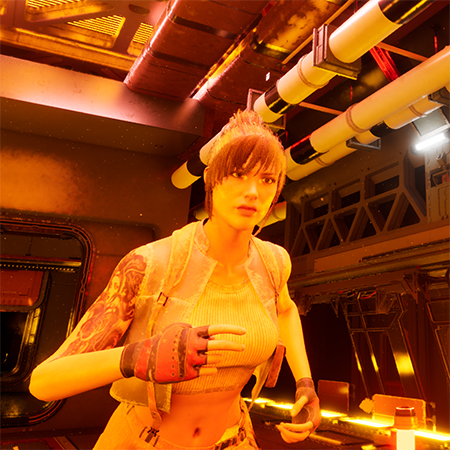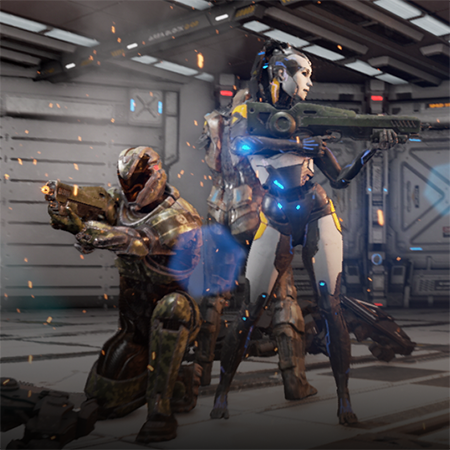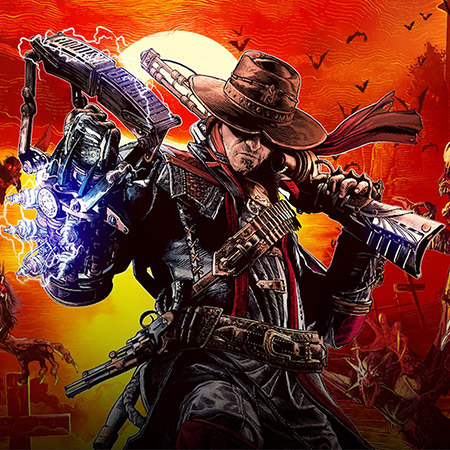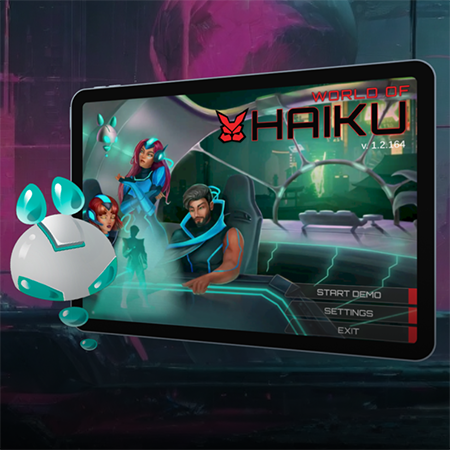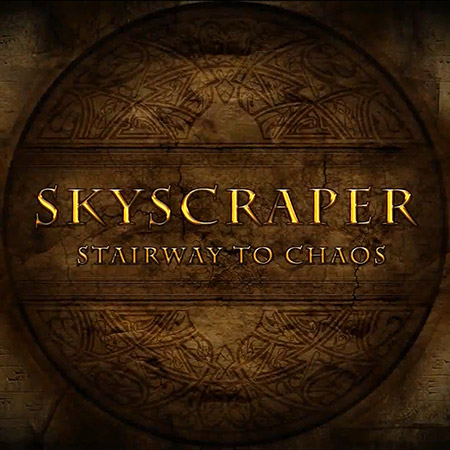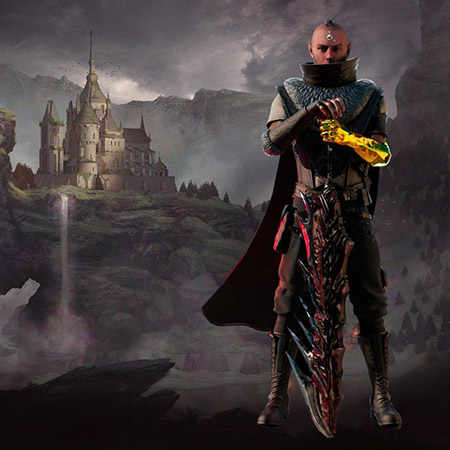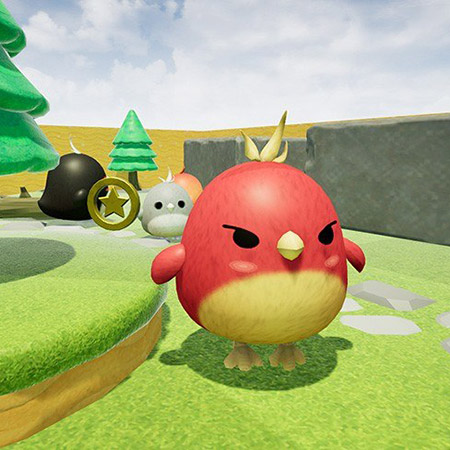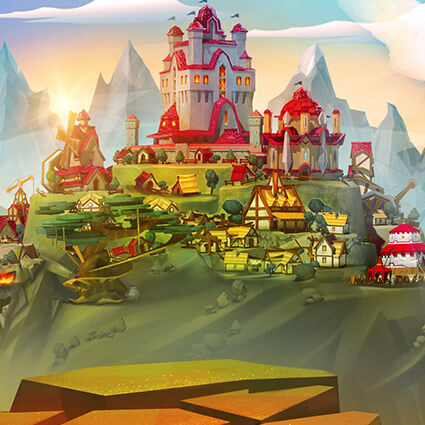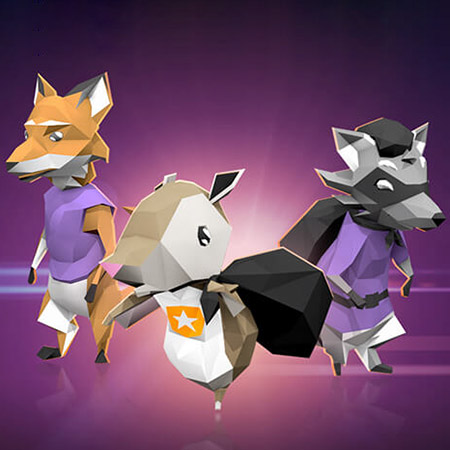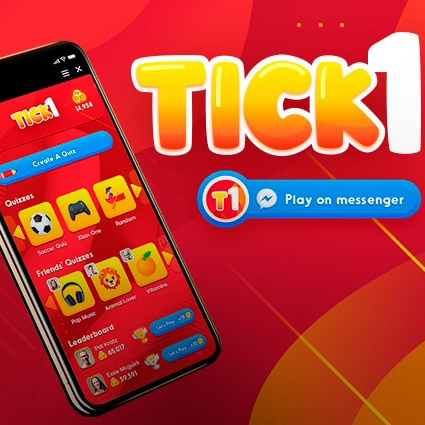Scaling augmented teams during development is not only possible with Game-Ace but also structured to match real production dynamics. Many projects require flexible staffing because workloads rarely remain constant throughout their lifecycle. Our approach ensures resources can be expanded or reduced without creating interruptions in delivery.
Consider a scenario where a studio needs additional programmers to complete multiplayer functionality. Within a short timeframe, new developers can be introduced, trained on project-specific requirements, and integrated into the sprint schedule. Once the feature is complete, the extra developers can be phased out, reducing overall costs while maintaining delivery speed.
Another common case involves art production. Early stages of development often require a large team of 2D and 3D artists to create concept materials, characters, and environments. When this stage concludes, the number of artists can be reduced, keeping only those required for polishing or post-launch updates.
To make scaling practical, Game-Ace organizes contracts and engagement models around project phases. This structure guarantees that teams are never overstaffed or understaffed for longer than necessary. Communication with clients remains constant during transitions, which minimizes risks associated with onboarding or offboarding.
Flexibility in team size helps companies manage budgets effectively while preserving quality and momentum. Instead of committing to rigid structures, studios gain the ability to adjust talent precisely when circumstances change. If you would like to evaluate scaling strategies tailored to your project, contact us and receive direct recommendations.
























